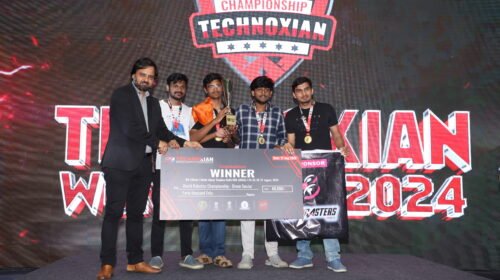Researchers from the University of Cambridge say the touchscreen technology used behind smartphones could be effective sensors for soil & water contamination. They demonstrated how a typical smartphone touch screen can detect ionic contaminants in soil or drinking water by dropping liquid samples on the screen. This discovery could lead to the expansion of touchscreen technology in many sensing applications, including for biosensing or medical diagnostics, right from the phone in your pocket.
The smartphone is everywhere, so touch screen technology. The touchscreen contained a grid of electrodes. When a finger touch disrupts the local electric field, the phone elucidates the signal.
Dr. Ronan Daly from Cambridge’s Institute of Manufacturing, who co-led the research says, “We wanted to know if we could interact with the technology differently, without having to fundamentally change the screen,”. The team began the research by computer simulation and later validated their simulations using a touchscreen similar to those used in phones and tablets.
Further, they pipetted different liquids onto the screen for recording the change in capacitance from each droplet using the standard touchscreen testing software.
“Our simulations showed where the electric field interacts with the fluid droplet. In our experiments, we then found a linear trend for a range of electrolytes measured on the touchscreen,” said first author Sebastian Horstmann, a Ph.D. candidate at IfM. “The sensor saturates at an anion concentration of around 500 micromolar, which can be correlated to the conductivity measured alongside. This detection window is ideal to sense ionic contamination in drinking water.”
This is just the beginning of the wider exploration of the use of touchscreen sensing in mobile technologies and the creation of tools that are accessible to everyone





